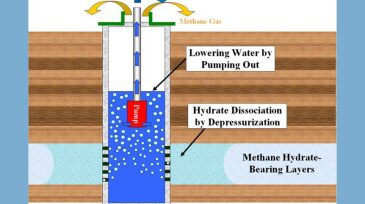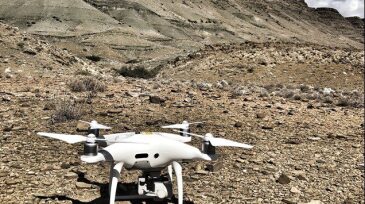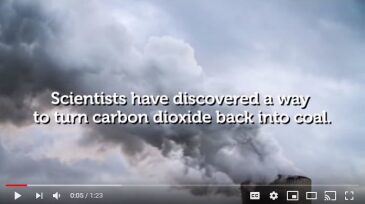Technology
AI is transforming oil and gas, but the real change will come from young professionals (YPs) who bridge technology and field expertise. By leading pilots, building networks, and challenging old assumptions, YPs can drive the industry’s digital transformation from within.
PE Ltd.'s software will allow students and faculty to work directly with modeling technologies and build real-world, job-ready skills.
Founding dean of Missouri S&T’s Kummer College, James D. Sterling, sat down with Joshua Schlegel, associate professor and associate chair of nuclear engineering and radiation science, to discuss why nuclear power is making a comeback and what its resurgence means for the future of energy.
-
As the country pushes for higher output from its emerging unconventional sector, nature is pushing back. To get better results, operators there are increasing their reliance on technology.
-
Porosity from porosity log is never a measurement, it is a calculation, from what we think might represent the porosity of the rock. That being the case, these are the reasons why I prefer the neutron log.
-
Natural gas hydrates are considered to store vast amount of natural gas trapped in the subsurface worldwide. However, gas hydrates are yet to be commercialized due to technical challenges in the production technology.
-
When a rig is stacked, its owner has two choices: spend millions to keep it in good shape, or let it rust out. These two companies describe what it is like to maintain their assets for the day that a contract comes.
-
Just another day’s work, studying deltaic outcrops with the assistance of modern drone capabilities. In collaboration with Cari Johnson, Ellen Reat, and Casey Duncan of the University of Utah, we are documenting deltaic facies and stacking patterns in South Africa’s Kookfontein Formation. The technology is impressive, but it still requires human brains to operate the …
-
This poster describes a workflow executed and aims to achieve future standardization of the drilling data cleaning process to allow reproducibility.
-
Strong intellectual property protection for innovative technology is one way to remain competitive. The surest way to safeguard emerging technologies is by securing patent protection.
-
This video explains the principle behind measuring the differential pressure.
-
RMIT University researchers have used liquid metals to turn carbon dioxide back into solid coal, a breakthrough that could transform carbon capture and storage.
-
Global climate concerns, amplified in the public consciousness by a steady stream of violent weather events such as hurricanes and California wildfires, are generating a new set of realities for the energy industry.













